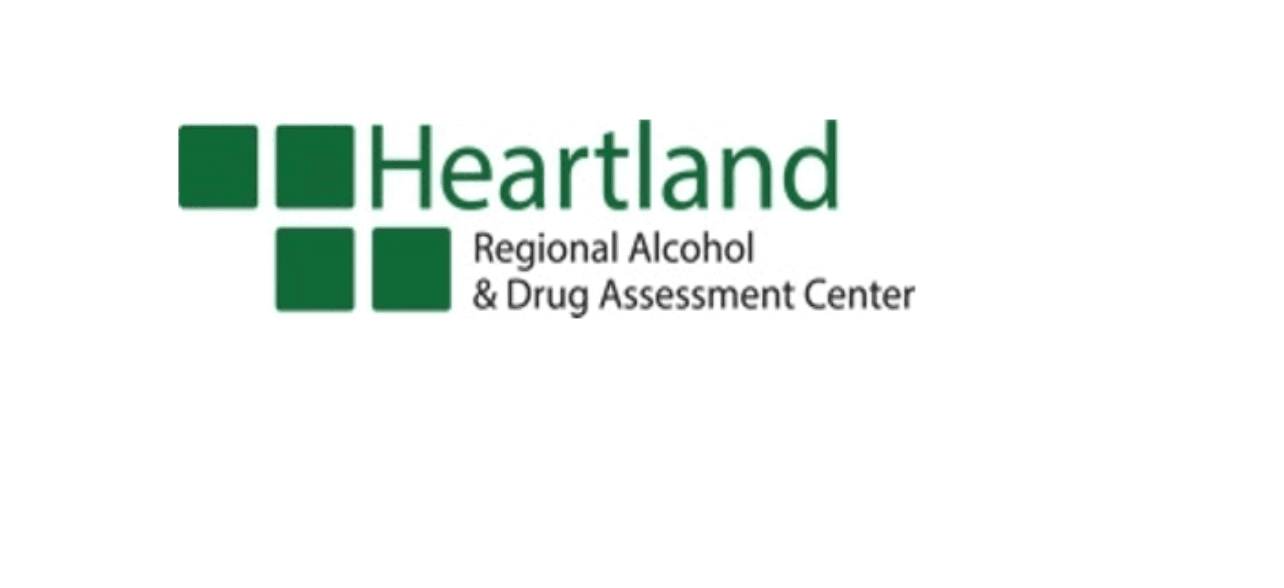November is Child Safety and Protection Month. It’s a month marked by online and television public service announcements, reminding you to watch out for kids while driving through neighborhoods, not leave choking hazards out and make sure to buckle kids up, to name a few.
It isn’t easy being a child, nor making sure that kids stay safe in the modern world. Here are a few of our insights about Child Safety and Protection Month, and how we can best honor children’s safety year-round.
Why Are Kids So Fragile?
Human children are especially vulnerable to the hazards of the real world for a variety of reasons. Many of these are a result of natural human development. Humans’ head size to body ratio is unusually large, due to bigger brain sizes, and is a limiting factor in infant development in the womb. Scientists have long suspected that children are born helplessly dependent because if the gestation period were longer, mothers would be unable to give birth to their large-headed offspring.
Our large brains are a double-edged sword for human development. They enable us to rely less on ingrained instinct and reflex to survive, instead allowing us to adapt by learning from our environment and using our imaginations to make predictions about the future. In exchange, children are pretty helpless until they develop the physical and mental capacity to make use of their unique intelligence.
Plus, many of children’s greatest hazards are due to our peculiar, modern environment. Nature couldn’t have prepared the human child for hurtling around in a metal container at 45 MPH on a regular basis, nor anticipated the development of electrical outlets, stairways and a variety of things that have the potential to cause kids trouble. As an adult population who’s used to the modern world’s dangers, we have a special responsibility to care for children’s safety.
What are the Biggest Hazard to Child Safety?
One of the biggest emphases when talking about child safety is vehicular safety. If you have children or are responsible for driving them around, you should consult your state’s safety laws for specific rules on when children need to be secured a certain way, but there are some general guidelines.
For example, the back seat is always the safest place for children, and child seats should be rear-facing, until the child reaches a certain age (specified by your child seat manufacturer). These restrictions are to keep children safe, and prevent safety belts from being a hazard instead of a boon to kids’ wellness.
Some other things to be aware of this month: Small items and toys that children might put in their mouths can be potential choking hazards for small children. Electric outlets should have outlet plugs for deterring curious children. Workout equipment should be in a secured room. Don’t forget to give kids bike helmets if they’re old enough to bike.
These are all safety tips you can remember when children will be around your environment, but the most important thing is just to be conscious of them. What kinds of things might they do, unknowingly, that could put them at risk? That’s what you need to be prepared for.
Remember The People Who Take Child Safety Most Seriously
Being a parent is an incredible responsibility. It’s difficult to overstate the difficulty of having to care for a blossoming human being—to have someone outside of yourself for whom you are responsible. Kids are utterly dependent upon parents, guardians and those who’ve accepted the task of caring for them.
What we’re trying to say is that, even more than just encouraging one another to promote childhood safety this month, this month is a great time to express gratitude to those who’ve made the commitment to raise children. Support those who are making the world a safer place for kids, and increasing awareness of this world’s hazards for young’uns.
The kids are our future. Let’s make sure we protect that future.

